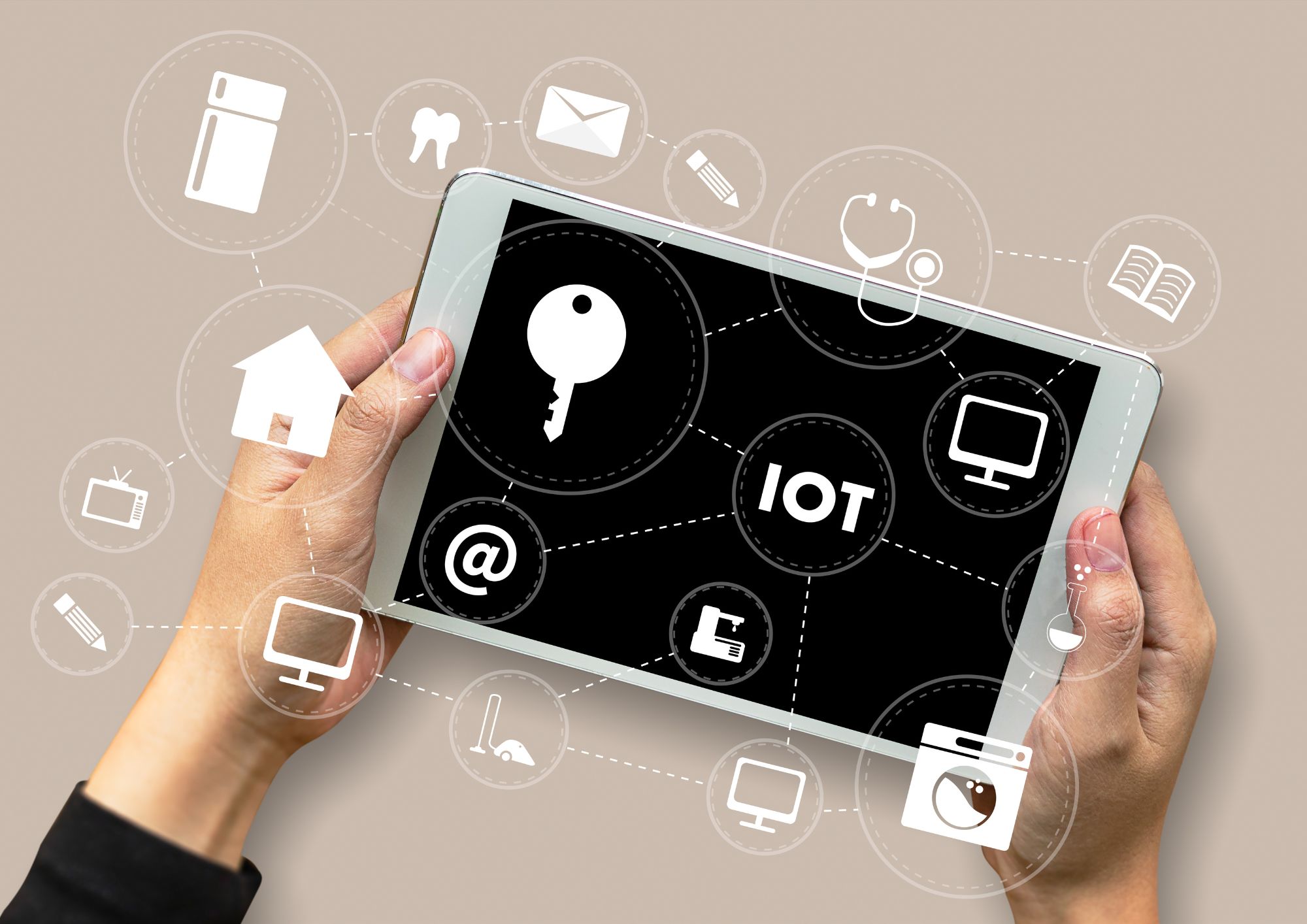The rapid advancements in technology have led to a new era of connectivity and intelligent automation, making our world increasingly interconnected and smarter.
The intersection of Intelligent Automation and the Internet of Things (IoT) is a key driver behind this evolution, where smart devices are now capable of executing tasks autonomously while also collecting and exchanging data with other devices.
This comprehensive guide will explore the relationship between intelligent automation and IoT, highlighting the trends, technologies, and real-life examples that are reshaping industries around the globe.
Let’s dive into this fascinating world!
Section 1: Understanding Intelligent Automation and IoT
Intelligent automation refers to the integration of artificial intelligence (AI), machine learning (ML), and robotic process automation (RPA) technologies, allowing systems to learn and adapt to new situations, streamlining processes, and delivering smarter solutions.
Meanwhile, IoT refers to a network of interconnected devices that communicate and share data, leading to increased connectivity and efficiency.
When these two groundbreaking technologies converge, they create a powerful synergy, enabling an unprecedented level of automation and interconnectivity, with applications spanning across various industries, from manufacturing to healthcare.
Section 2: IoT and Connectivity – The Backbone of Intelligent Automation
IoT has been instrumental in the proliferation of connectivity, with billions of devices, sensors, and systems being connected to the internet.
According to Statista, there will be an estimated 30.9 billion IoT connected devices by 2025.
This massive network of devices creates a robust infrastructure for intelligent automation, allowing for seamless communication between devices and systems, and facilitating real-time data analysis and decision-making.
A prime example of this interconnectedness is the concept of smart cities, where intelligent automation and IoT technologies work in tandem to optimize traffic flow, manage waste disposal, and monitor environmental conditions, among other things.
Section 3: Smart Devices – Revolutionizing Automation
Smart devices, such as smartphones, smartwatches, and smart home appliances, are at the forefront of intelligent automation and IoT, serving as the primary interface for users to interact with this interconnected ecosystem.
These devices leverage IoT connectivity to gather and process data from various sources, while intelligent automation algorithms analyze and act on this information, providing users with personalized, context-aware experiences.
For example, a smart thermostat can learn a user’s heating preferences, and automatically adjust the temperature based on historical data and current conditions, resulting in energy savings and enhanced comfort.
Section 4: The Future of IoT and Intelligent Automation
As IoT and intelligent automation technologies continue to advance, we can expect to see more sophisticated applications emerging in various industries.
From smart factories employing advanced robotics to self-driving vehicles navigating complex urban environments, the possibilities are virtually endless.
One exciting development is the rise of edge computing, which enables data processing and analysis to occur closer to the source, reducing latency and increasing overall efficiency.
This will be particularly important for time-sensitive applications, such as autonomous vehicles, which require real-time decision-making capabilities.
Section 5: Real-World Applications of Intelligent Automation and IoT
There are numerous examples of intelligent automation and IoT working together to improve our lives, and here are a few noteworthy ones:
- Agriculture: Smart farming employs IoT sensors and intelligent automation algorithms to monitor crop health, optimize irrigation, and manage pest control, ultimately increasing crop yield and reducing environmental impact.
- Healthcare: IoT-enabled wearable devices track patients’ vital signs, while intelligent automation algorithms analyze this data to provide personalized health recommendations, predict potential health issues, and improve overall care quality.
- Manufacturing: Industrial IoT (IIoT) and intelligent automation technologies have revolutionized the manufacturing sector, enabling predictive maintenance, process optimization, and real-time quality control, leading to improved efficiency and reduced operational costs.
- Retail: IoT-powered smart shelves and intelligent automation technologies are transforming the retail industry, providing real-time inventory management, personalized customer experiences, and streamlining the supply chain.
- Energy: Smart grids leverage IoT and intelligent automation to balance supply and demand, optimize power distribution, and enable efficient integration of renewable energy sources, paving the way for a more sustainable future.
The intersection of intelligent automation and IoT is a game-changer, bringing forth a new era of connectivity, efficiency, and innovation.
As these technologies continue to evolve and mature, we can expect even more groundbreaking applications and synergies that will reshape the way we live and work.
Embracing these advancements and understanding their potential impact is essential for businesses and individuals alike, as they seek to navigate the rapidly changing digital landscape.
Remember to keep an eye out for the latest trends and developments in intelligent automation and IoT, and explore how they can be applied to your industry or personal life!
Thank you for reading our blog, we hope you found the information provided helpful and informative. We invite you to follow and share this blog with your colleagues and friends if you found it useful.
Share your thoughts and ideas in the comments below. To get in touch with us, please send an email to dataspaceconsulting@gmail.com or contactus@dataspacein.com.
You can also visit our website – DataspaceAI




